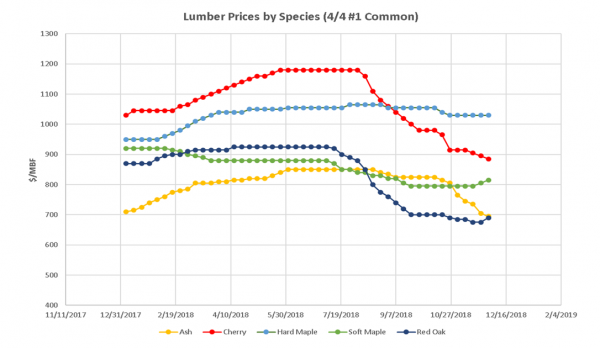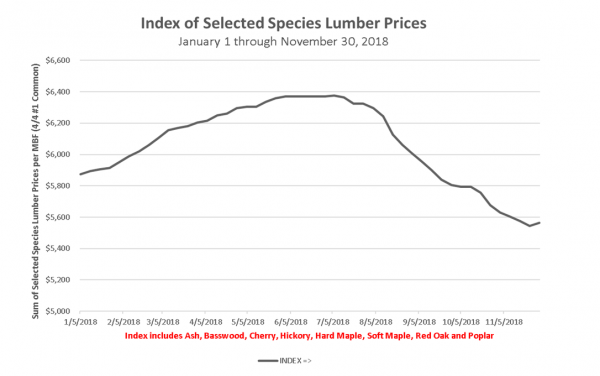The G-20 Summit and meeting between President Trump and President Xi Jinping of China has taken place, and while a “trade war truce was the biggest menu item at the 2½-hour dinner between Chinese President Xi Jinping and his US counterpart Donald Trump, there were other key takeaways from their historic summit in Buenos Aires. Chinese Foreign Minister Wang Yi described the talks as “friendly and candid”, indicating the Chinese side was satisfied with the outcome.
“The agreements reached not only prevent the trade confrontation from further escalating, but also open up more space for win-win cooperation of both nations,” Wang said after the two leaders met.
Both nations agreed that no additional tariffs would be imposed on January 1. Trump agreed he would leave the existing tariffs on US$200 billion worth of Chinese products at the 10 per cent rate, rather than raising it to 25 per cent. Wang said both nations were working towards removing the existing tariffs and that negotiations would continue.
But a White House statement said both sides would immediately begin negotiations over a wide range of issues, including forced technology transfers, intellectual property protection, non-tariff barriers and cyber intrusions. If the two sides cannot reach agreement over these within the next 90 days, the US will raise tariffs to 25 per cent.” (Source: South China Morning Post, 12/2/2018)
So, even though the meeting, for all intents and purposes, ended on a positive note – there are still market concerns about how trade relations between our two countries will play out in the end. Of course, we will continue to track this story, as export market demand from China played a significant role in boosting log, lumber and stumpage prices of hardwoods early on in 2018.
We continue to see some downward trends since our last report, as the Weekly Hardwood Market reports that red oak, cherry, white ash and soft maple demand has tailed off – mostly due to the drop in Chinese demand for now. Poplar continues to glide along at a very steady pace, and hard maple has also remained somewhat consistent in this current quarter (Hardwood Weekly Review, November 30, 2018).
The two graphs that following demonstrate the crazy ride we’ve seen with the hardwood markets this year through November 30th.
The Lumber Prices by Species graph shows he variable nature of species-specific hardwood market demands (indicating another good reason for species diversification, but that’s another story we’ll talk about in the future!) The most volatile has been cherry, rising quite steadily and quickly through the first five months of the year, then hit a steady plateau in the summer months until the trade and tariff talks began; then as can be seen, cherry plunged sharply into October, and continued to decline through November, though at a slightly slower pace (as of Nov 30th, it’s at the $885/Mbf mark). The next most volatile species was red oak, also increasing from the beginning of the year through the summer months, then started its sharp decline through November (ending at $690/Mbf on Nov 30th). Ash continues to be interesting, ending up now at about what it started at in January. It showed a fairly significant increase into the summer and didn’t decline nearly as quickly as cherry and oak and has ended at $695/Mbf on Nov 30th. Soft maple has shown a relatively slight decline over the year, ending up below its beginning point ($815/Mbf on Nov 30th), and hard maple is the only species among these five that has shown a consistent increase in price, ending up higher than it was in January ($1,030/Mbf on Nov 30th). Also note that the trade/tariff situation which affected most of the other species didn’t have the same effect on hard maple during the middle of the year – largely due to the consistent domestic demand as well as international demand outside of China.
Lumber Prices by Species (4/4 #1 Common)
The Index of Selected Species Lumber Prices graph shows the price index (the pricing sum of all five of the species tracked above) during the year. It clearly displays a significant increase in combined value over the course of the first 2 quarters, and then a steady drop until the end of November, where our optimism is inclined to say it shows signs of picking up again. Of course, as always – time will tell – but we’ll keep you informed on market conditions as they continue to change.
Index of Selected Species Lumber Prices








